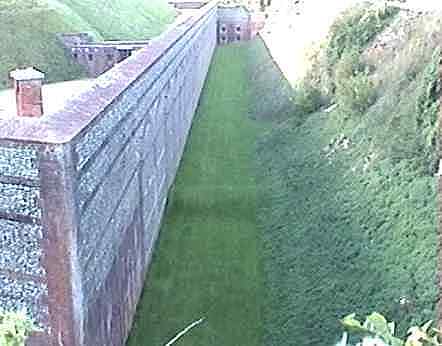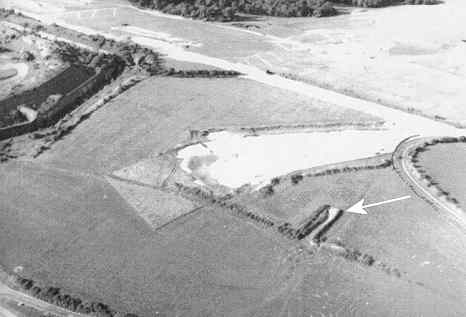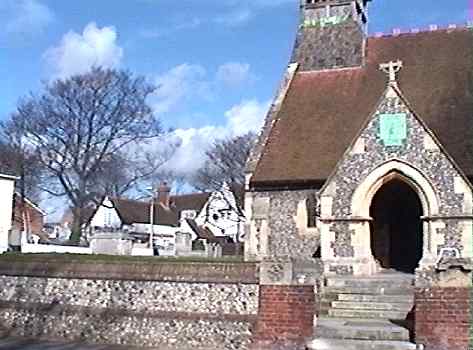|
After finding the site about "Portsdown Tunnels", I found
it very interesting and surprised on how much history there is regarding
the hill.
I used to live in Hillsley Road, when Portsmouth Housing Association had
purchased the blocks of flats at the top, I was in the last block, on the
ground floor of Trinidad House and I was frequently woken by noises and
vibrations what I thought was outside, but considering it was in the
middle of the night, the motorway was totally empty, but it sounding and
felt like a fleet of armoured tanks rolling past, quite a lot of us was
hearing these noises.
One of my neighbours was told by their grandparents who had
lived in Paulsgrove from when the estate was first built, that they would
hear noises and feel vibrations, even before the M27 was built and was
told that there is a small gauge train that runs directly from Fort
Southwick to the HM Naval Dockyard and also to Gosport to the fuel depot
on Forton Road as well as both RNAD Frater and RNAD Gosport both being
armament depots, and there is also a entrance to the tunnel via a ladder
onto which the small gauge train runs on at Portchester Castle, near to
the sailing club as this is in direct line from the hill to the dockyard.
Also at the time when I lived in Hillsley Road, I was
working as a HGV driver for a well known Portsmouth based builders
merchant, and there was a delivery that was for the builders at the fuel
bunkers, and until that time I didn't know they existed, always saw the
Hampshire Fire Brigade going to the end of the service road where you
could turn around, and this is when I first ever knew about the bunkers, I
was surprised on how big they are inside once you drive into the hill
itself, it was that big, I could turn my 23 tonne HGV2 rigid round inside,
and I never even saw the security guard come out or disappear from where
they watch as there was no visible signs of a hut or tower, just lots of
bushes and grass.
But when I was in my teens, some friends and I decided to
go to the chalk pits by Chalkpit Road, before Lime Grove was built to
"muck about" as you do as kids, we managed to get up the chalk face so far
to get into a open tunnel entrance, and upon walking around them, we find
a few dead ends, some were just a un-finished tunnel with a chalk face,
didn't seem to be back-filled as they felt quite solid, but we came some
what were metal doors with "MOD Property - Do Not Enter" metal signs on,
and of course locked, what I can remember is the doors were fixed on
hinges to a metal frame with a concrete or plaster surround against the
chalk walls of the tunnel, it seemed as if we had walked a fair distance
inside them, but that we will never know as all we had was a torch, no pen
and paper to jot any markings or distances down as for a reference, we had
marked the tunnels walls with flint, with arrows so we could find our way
back out and not walk around in circles and by using the flint we wasn't
putting graffiti everywhere as it is either chalk and flint everywhere
inside the tunnels.
Regards and keep up with this very interesting and local
historic website.
Martin Long - April 2013 |
|
|
|
Having just had a look through your site and being born in Portchester and
having also gone to Purbrook Park school I have a few comments.
There are stories of two other tunnels to those you mention :- one between
Portchester Castle and Wymering Manor (which the ghost of Reckless Reggie
is supposed to pass to haunt the manor when there is a honeymoon couple
there) . The other one is supposed to run from Fort Purbrook to Purbrook
Park school which is the old Purbrook Park house. I have no idea how much
truth if any there may be in these stories but, as they say, anything is
possible.
The other point I would mention is that there was vehicular access from
the road along the top of the hill to the tunnels as I can remember seeing
tanker lorries using it on several occasions when I was young. They came
down the track, which is still there, at the western end of the side [This
is the
Fort Southwick UGHQ low level access road].
Barry Dunne - November 2007 |
|


